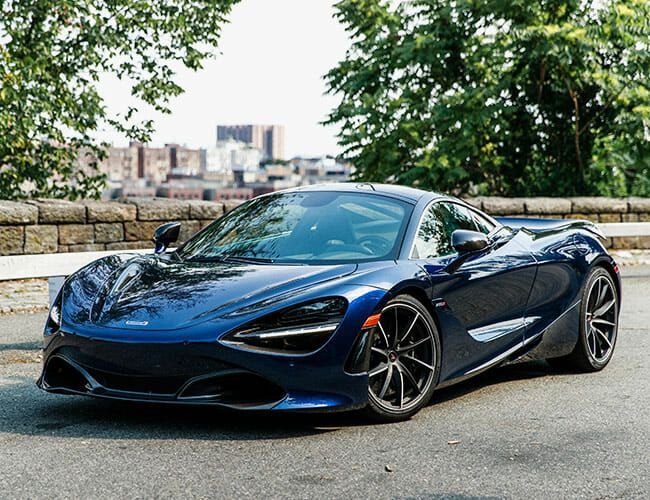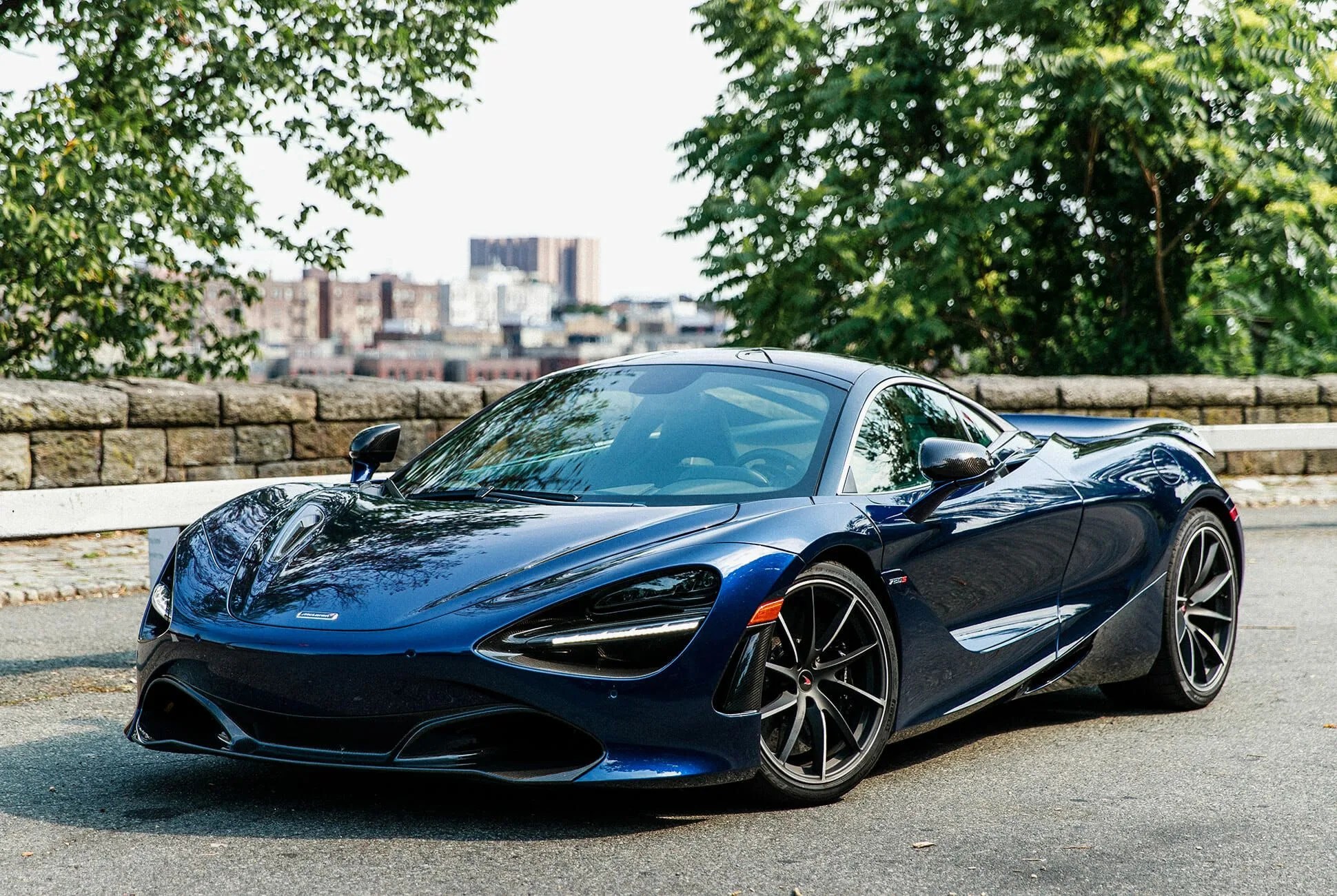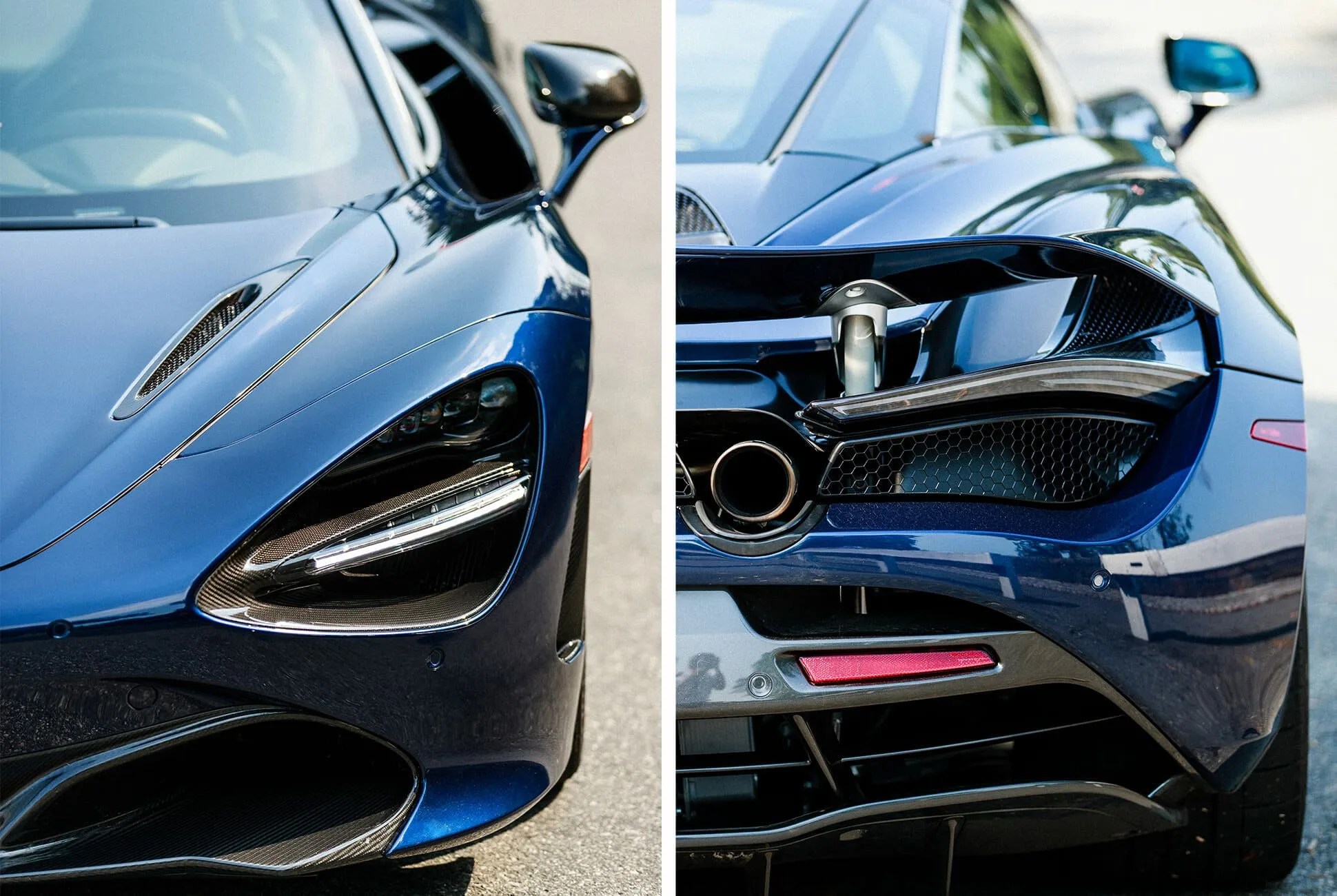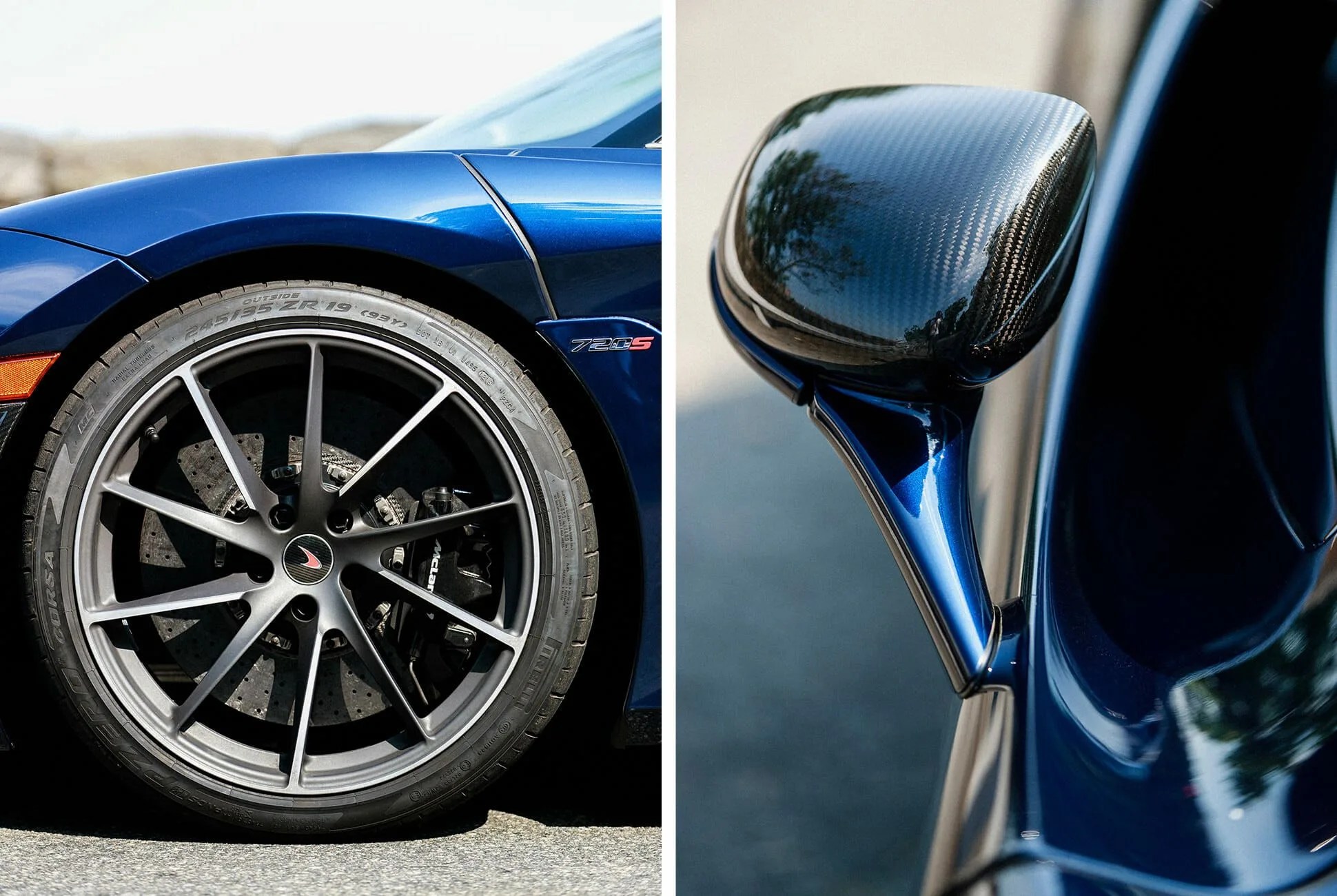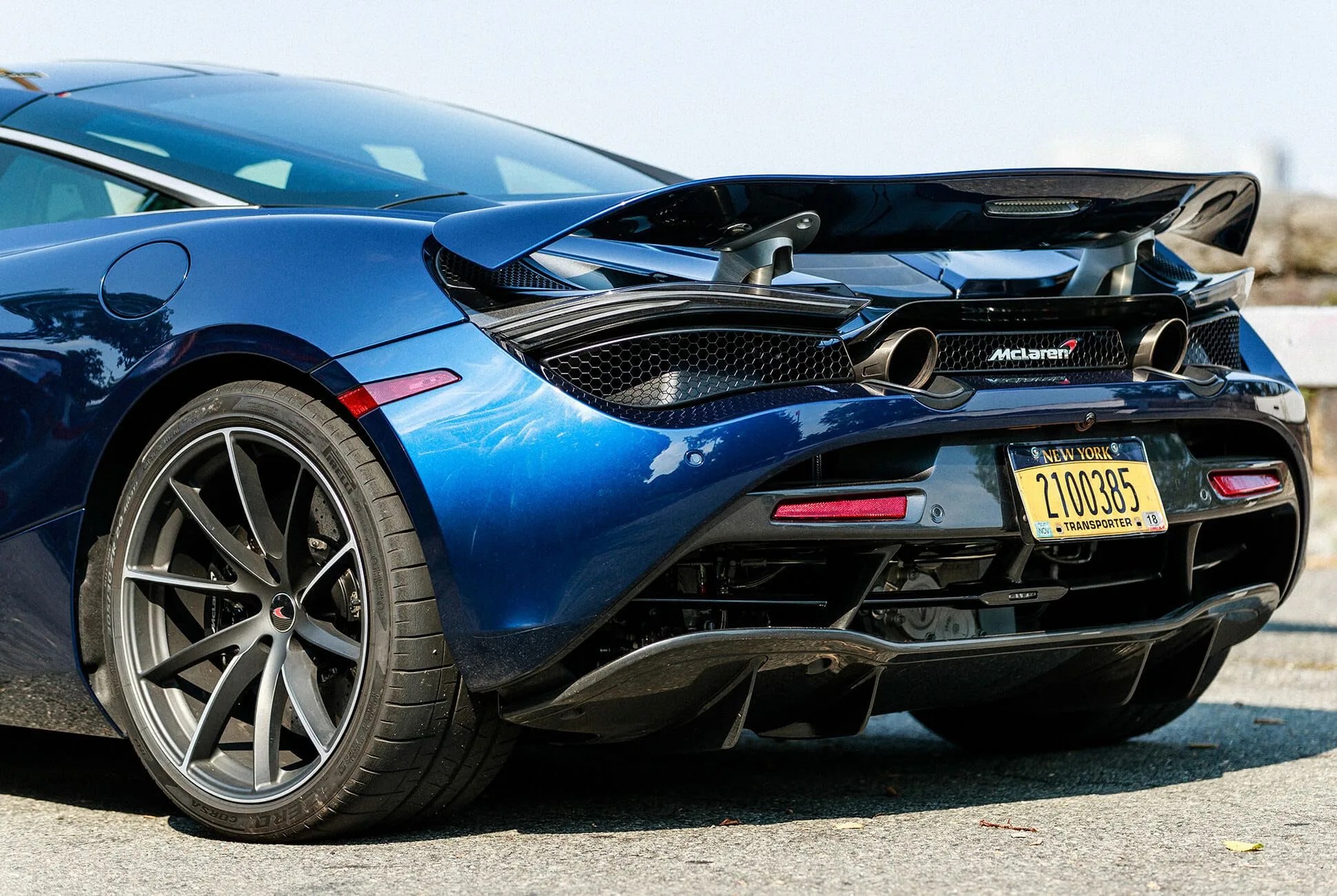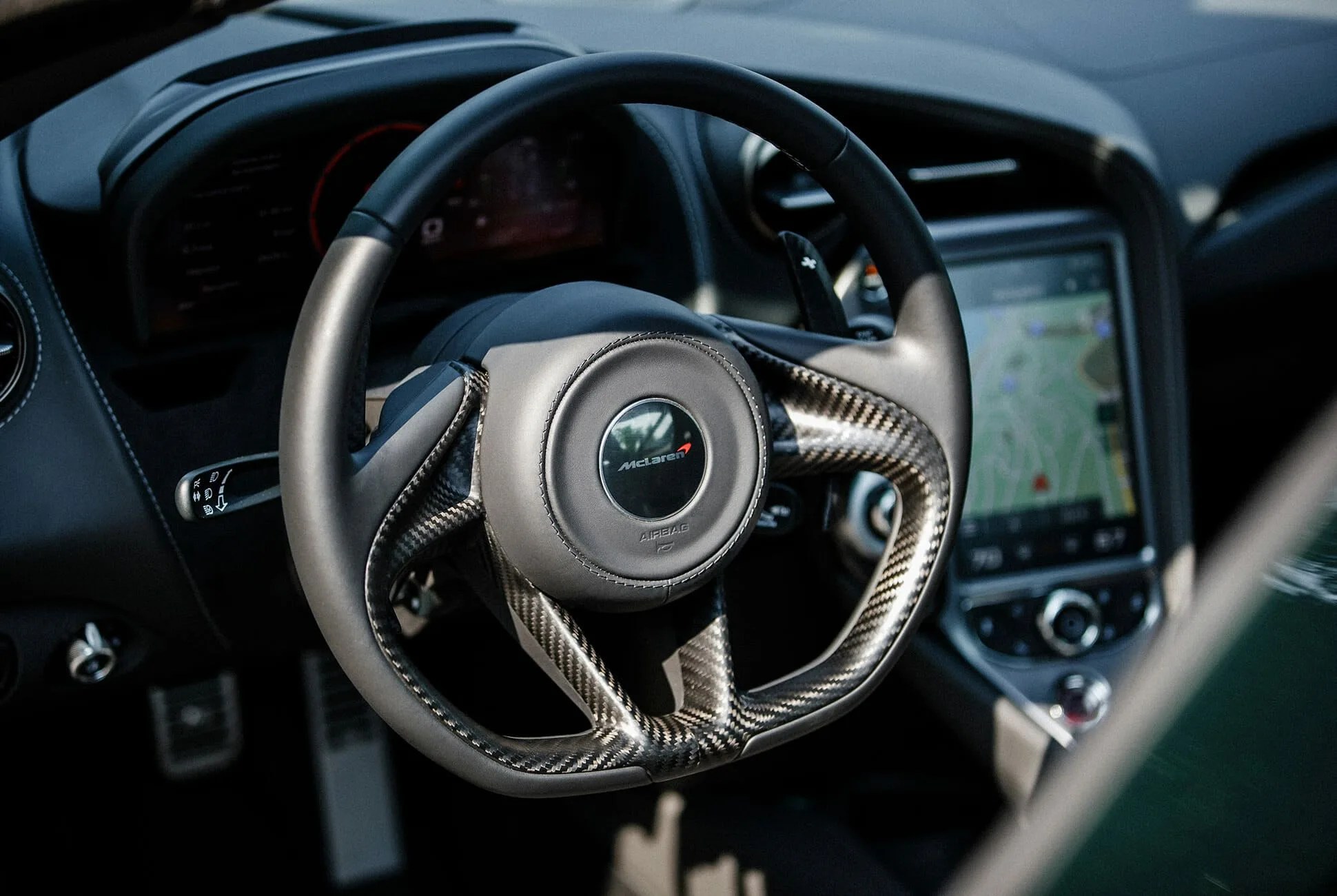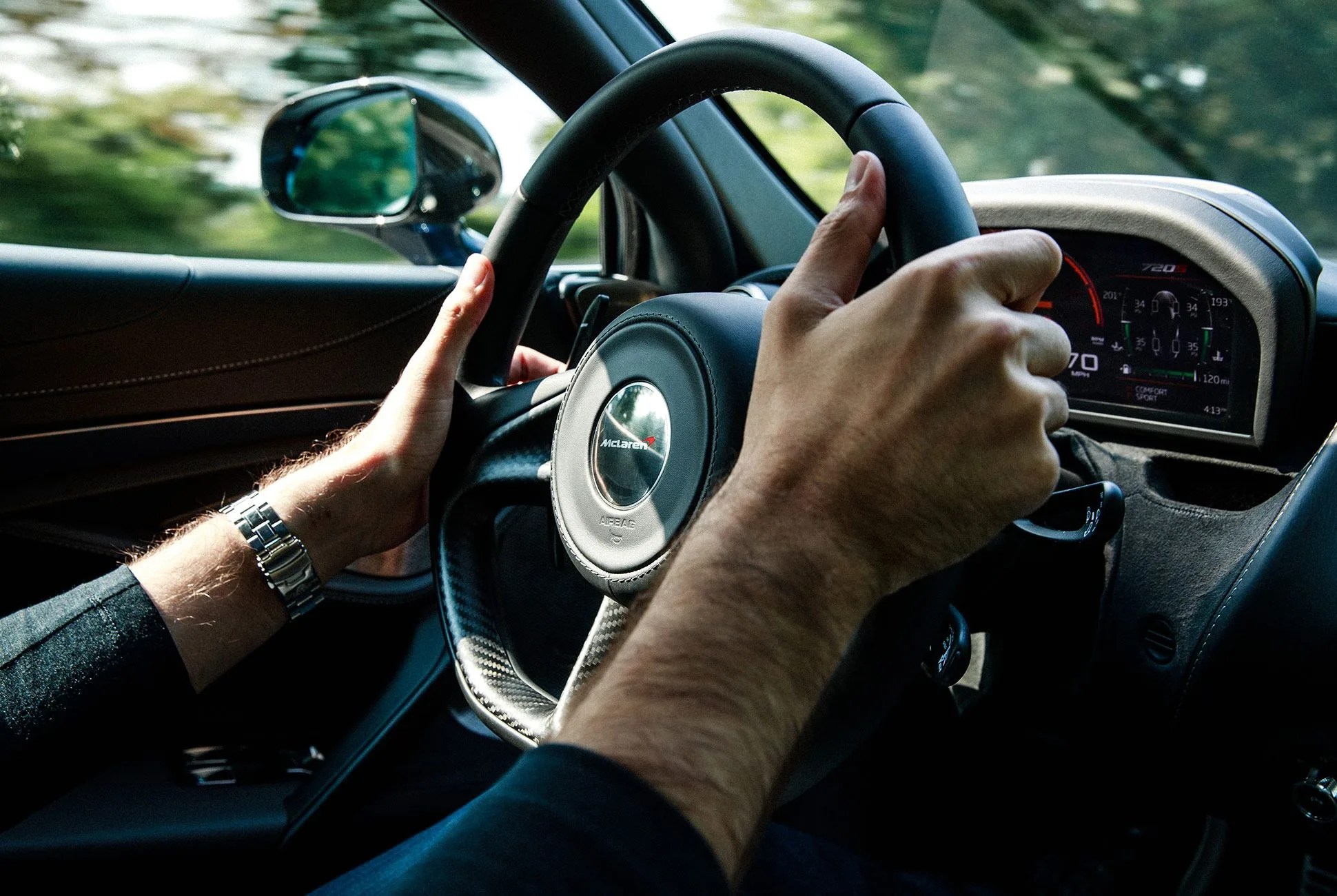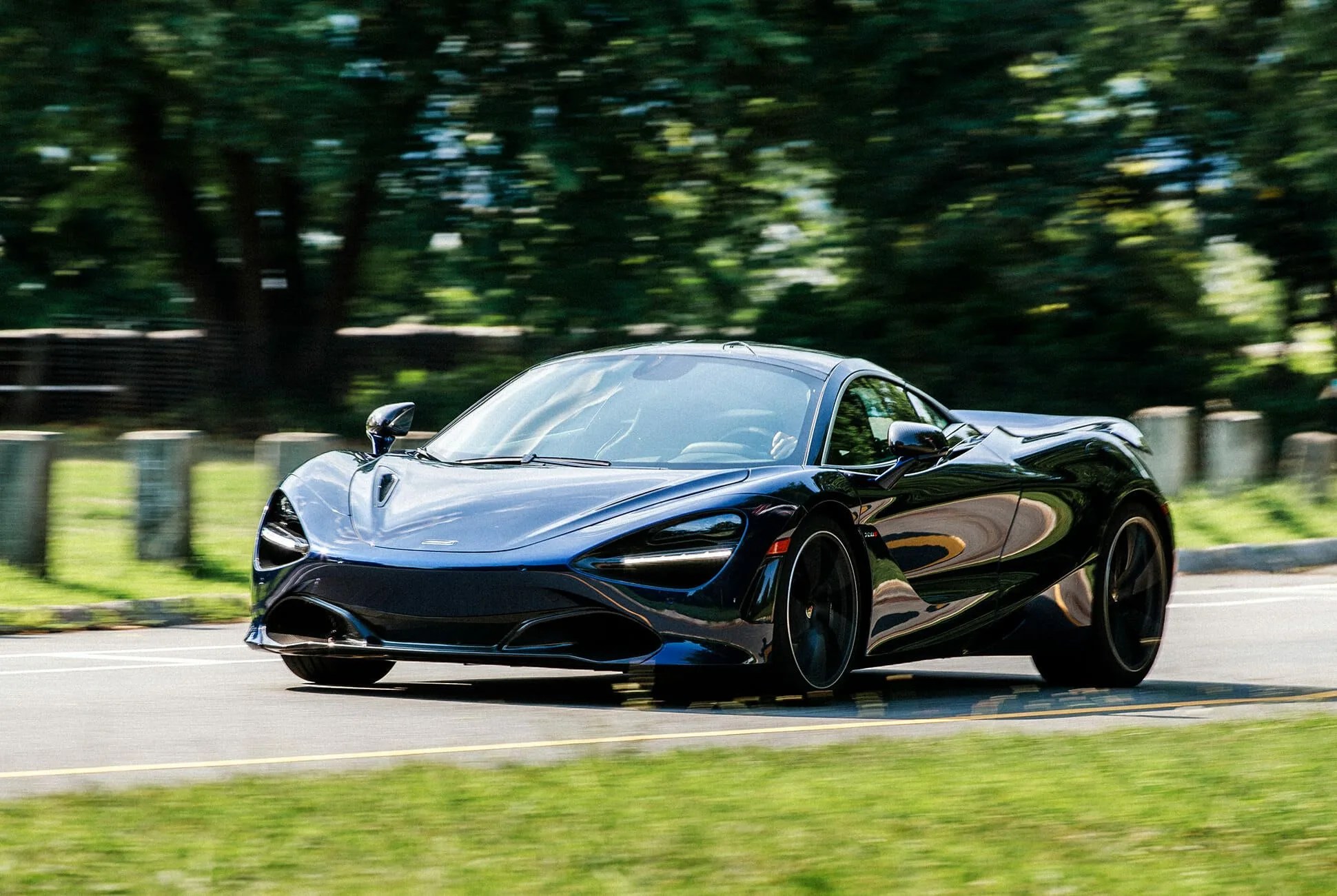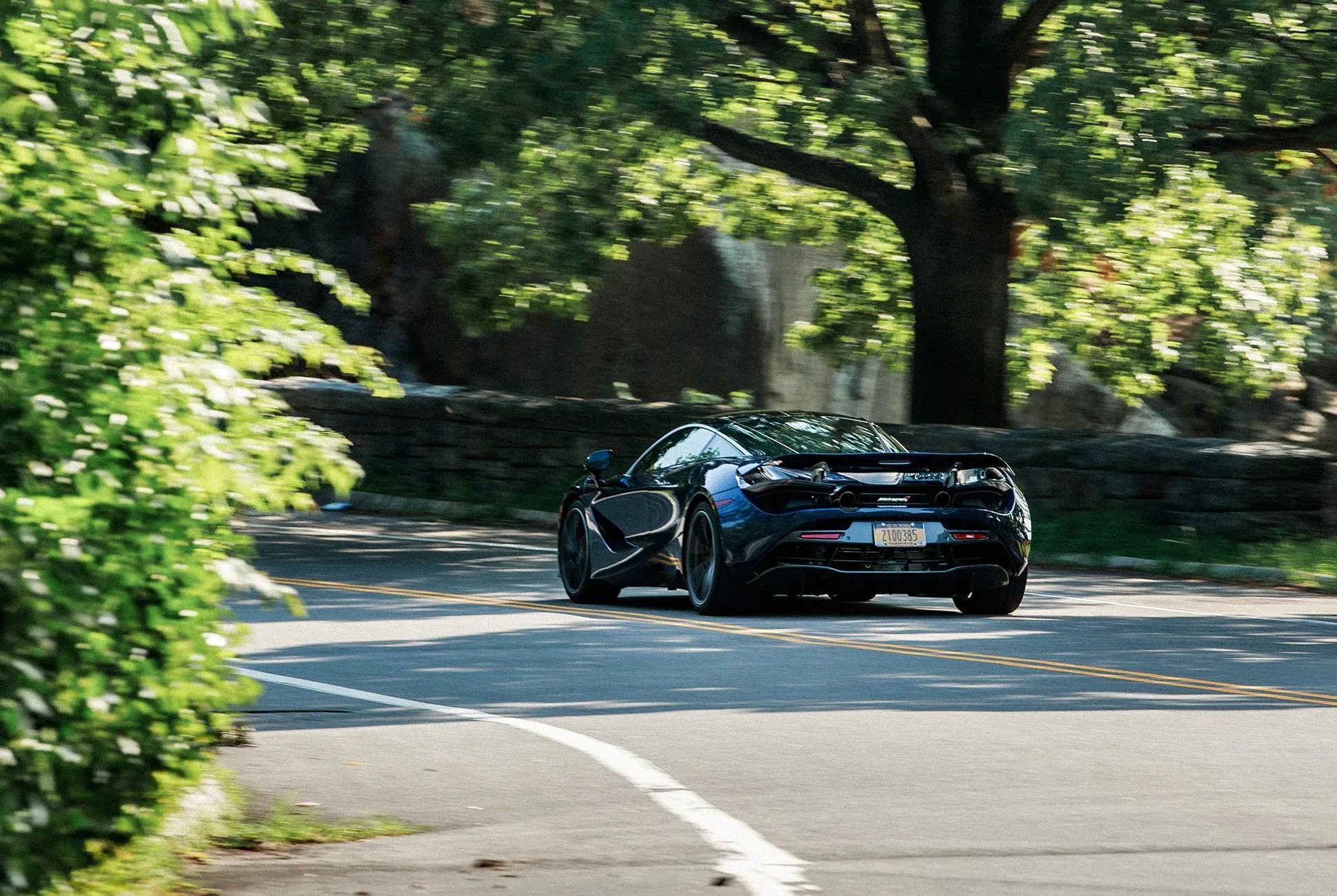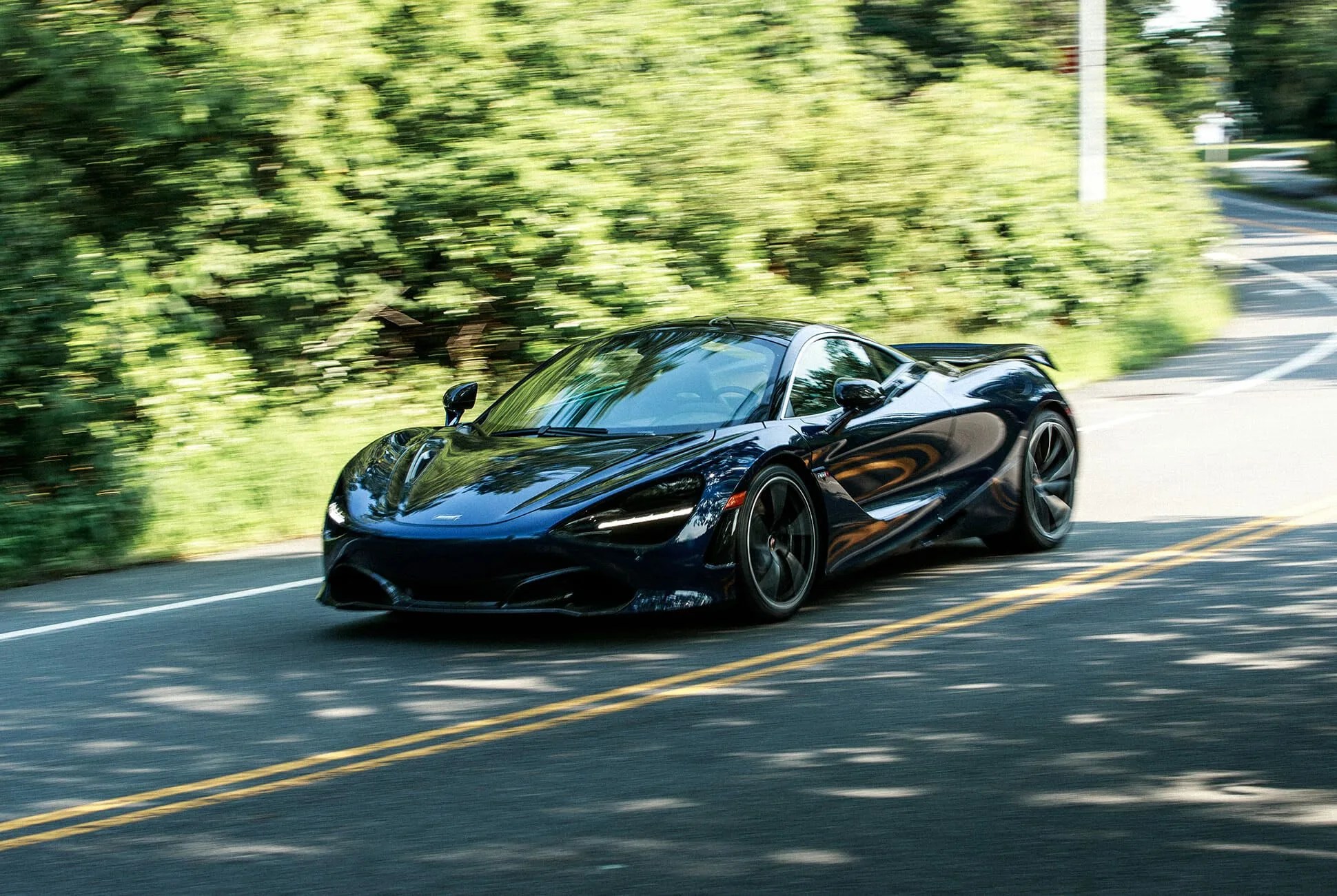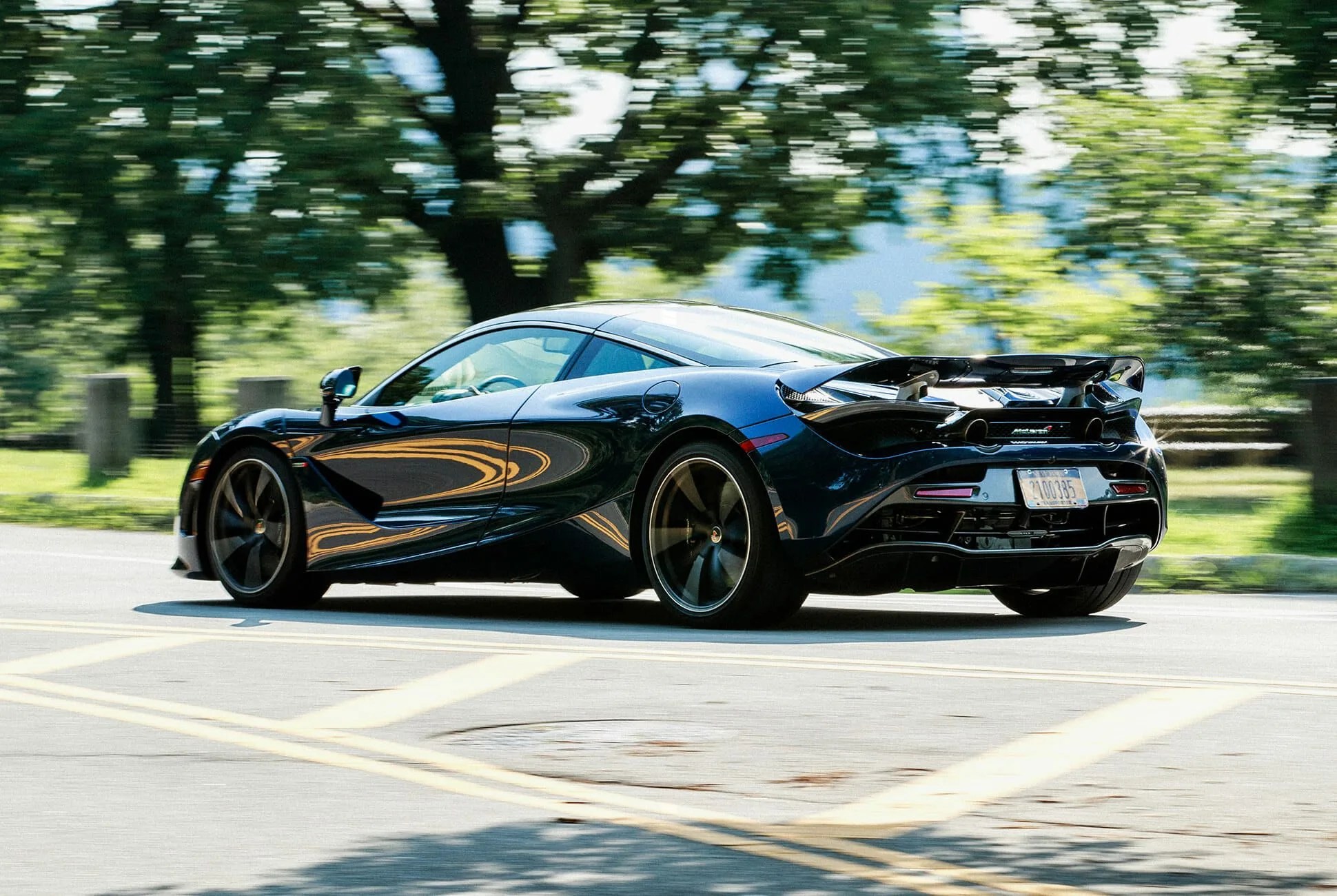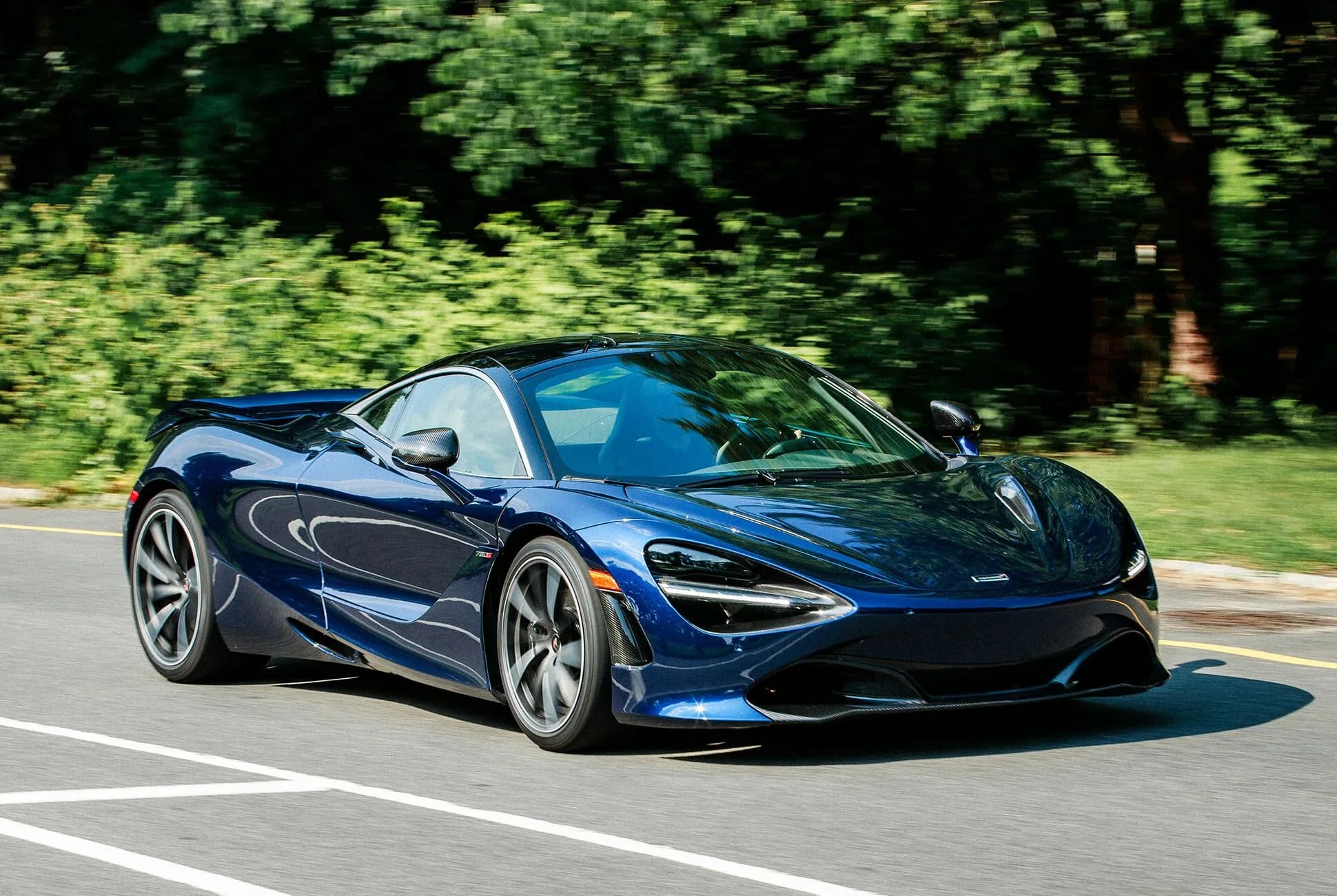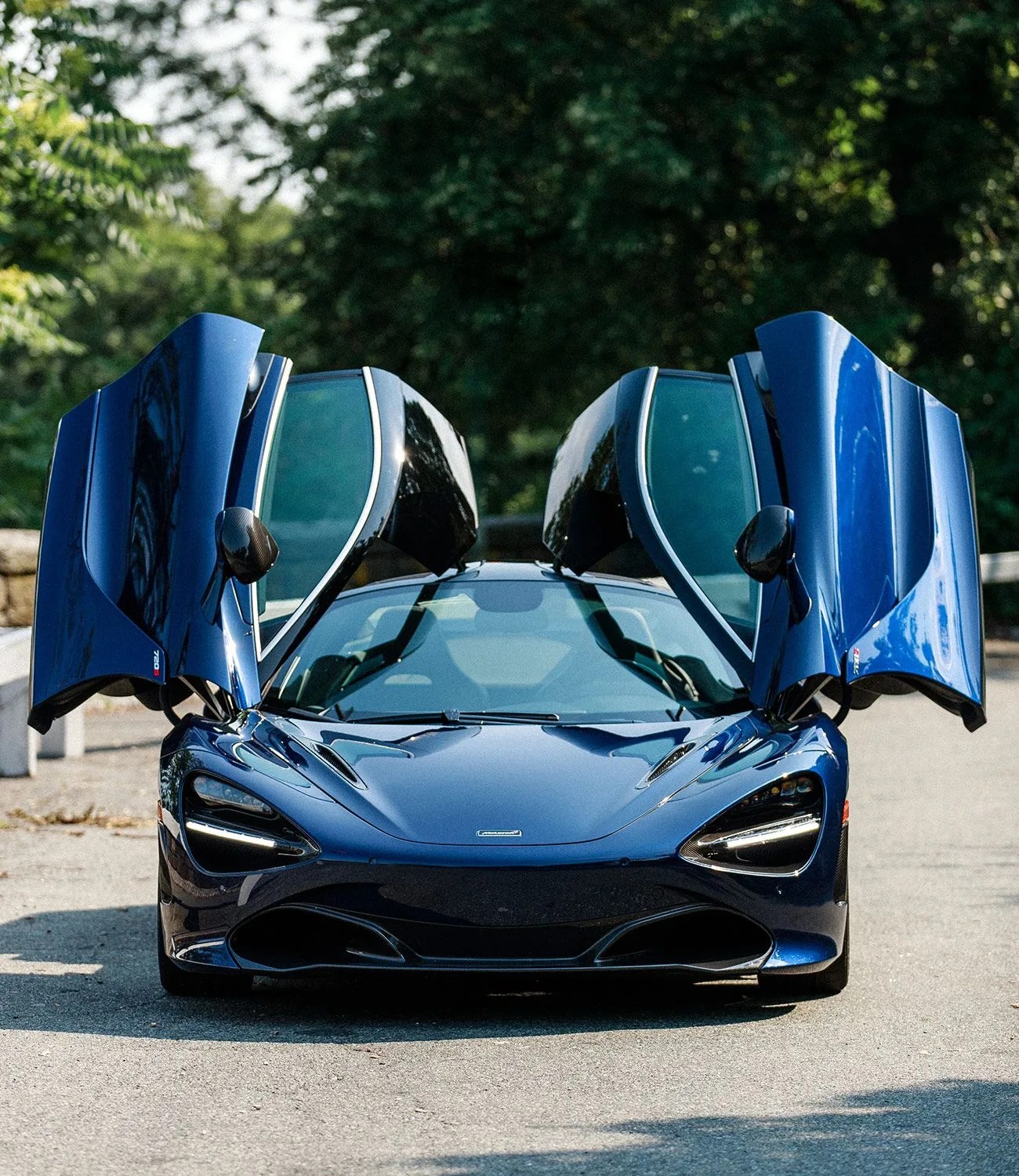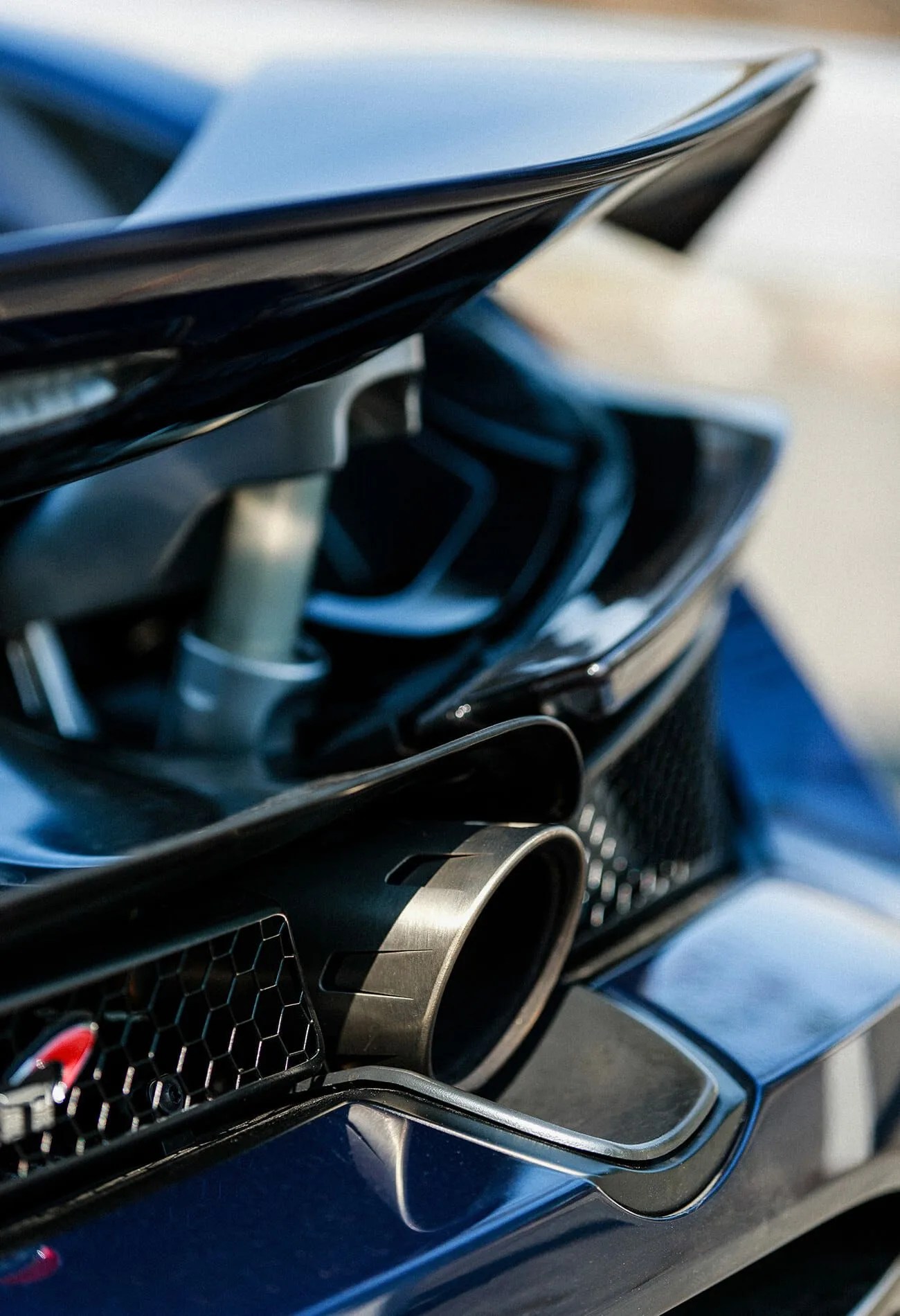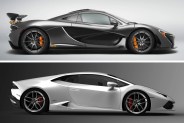13 photos
It has become an eye-rolling trope of automotive marketing to claim that extreme supercars offer “everyday drivability” or “accessible performance.” Part of that reaction is a kind of resentment from the overwhelming ranks of enthusiasts (like me) who will never come close to owning a half-million-dollar supercar and instead daily drive a truly “everyday” vehicle. Additionally, it seems to be an obscene lie to say that a 700-horsepower carbon fiber tub hovering two inches about pavement is in any way practical. Consider that claim from a relative point of view, however, and you’d be correct to say that McLaren — quirky, nutty, outrageous McLaren — has mastered the art of the everyday supercar.
I spoke with Dan Parry-Williams, McLaren Director of Design Engineering, about what separates the physics-defying 720S supercar different from its competition, and the answer is, plainly, that the McLaren 720S is engineered that way. Thanks to a strong focus on ergonomics, the 720S is just as easy to park in a garage as it is to take on a road trip as it is to scream around a race track. And that’s not entirely marketing speak.
“It was a driver from the onset to go above and beyond in terms of ergonomics,” Parry-Williams told me. “We decided right from the get-go to actually break a new boundary for a supercar. If you like, when the 12C (made from 2011-2014) came out, and later became the 650, it had surprisingly good vehicle dynamics in terms of comfort and track performance, and I think previously that had been an area that had been a poor compromise for supercars. That car represented a big step forward in terms of being able to have both comfort and dynamics.”
This is where ergonomics come in to play. McLaren designs its cars to be more physically accessible and approachable from an everyday perspective, doing away with the notion that a supercar — say the Lamborghini Aventador — needs to be a squinty-eyed cave from the driver’s perspective. A driver must be able to get in and out in normal settings and see where he’s pointing his car — reasonable enough notions, but a significant departure from the rest of the fray.
“When we came to do the 720, we wanted first of all visibility to be amazing from the driver’s perspective,” said Parry-Williams. “So we slimmed down all of the [windshield] pillars, we worked out how we could have almost 360-degree visibility. The rear window is much lower than other supercars [and] visibility in the mirror is much better. Over the shoulder visibility too — we’ve glazed the quarter panels. That means that when you’re driving the car it’s not intimidating. You can park it, you can see what’s behind you, you can see all around you.”
Earlier this summer, I borrowed a 720S from McLaren for a long weekend, during which time I confidently wound through Manhattan with ease, parked in narrow garage spaces and easily cruised, passed and navigated all manner of highway driving. In many other vehicles – even massive G-Class SUVs and many passenger cars – I wouldn’t have felt as confident.
